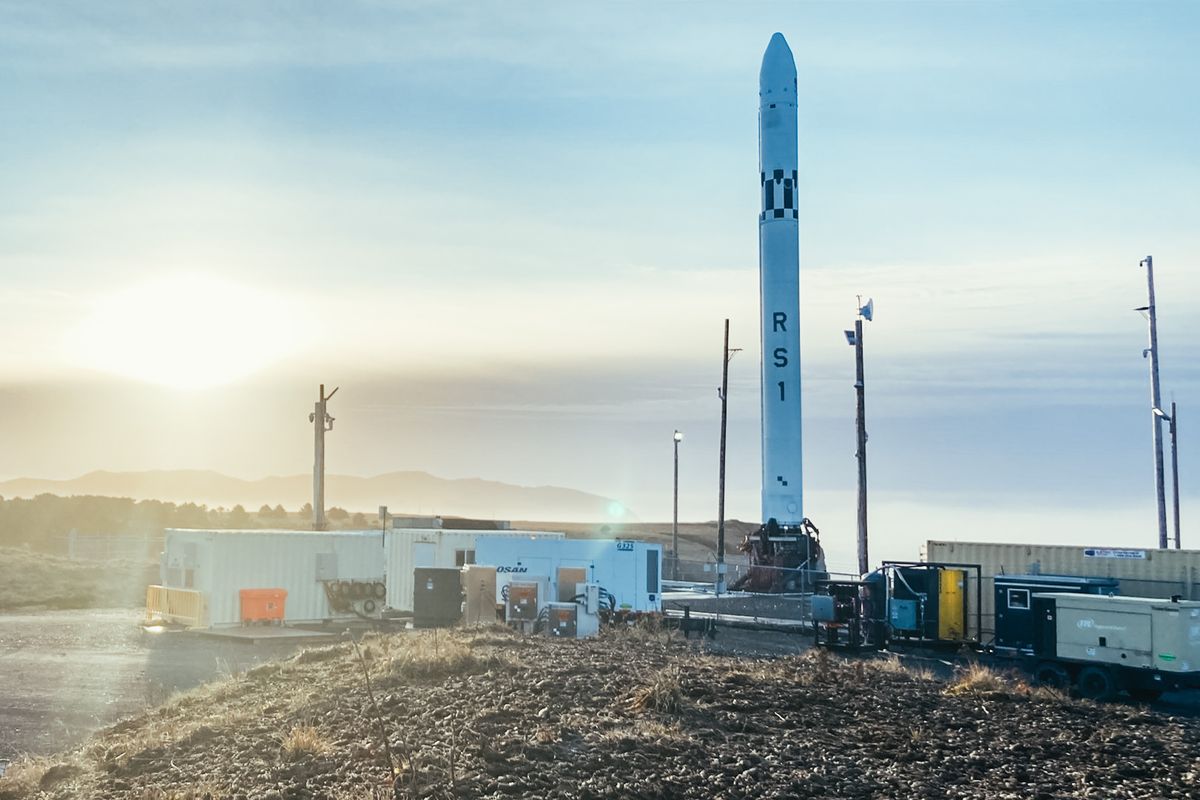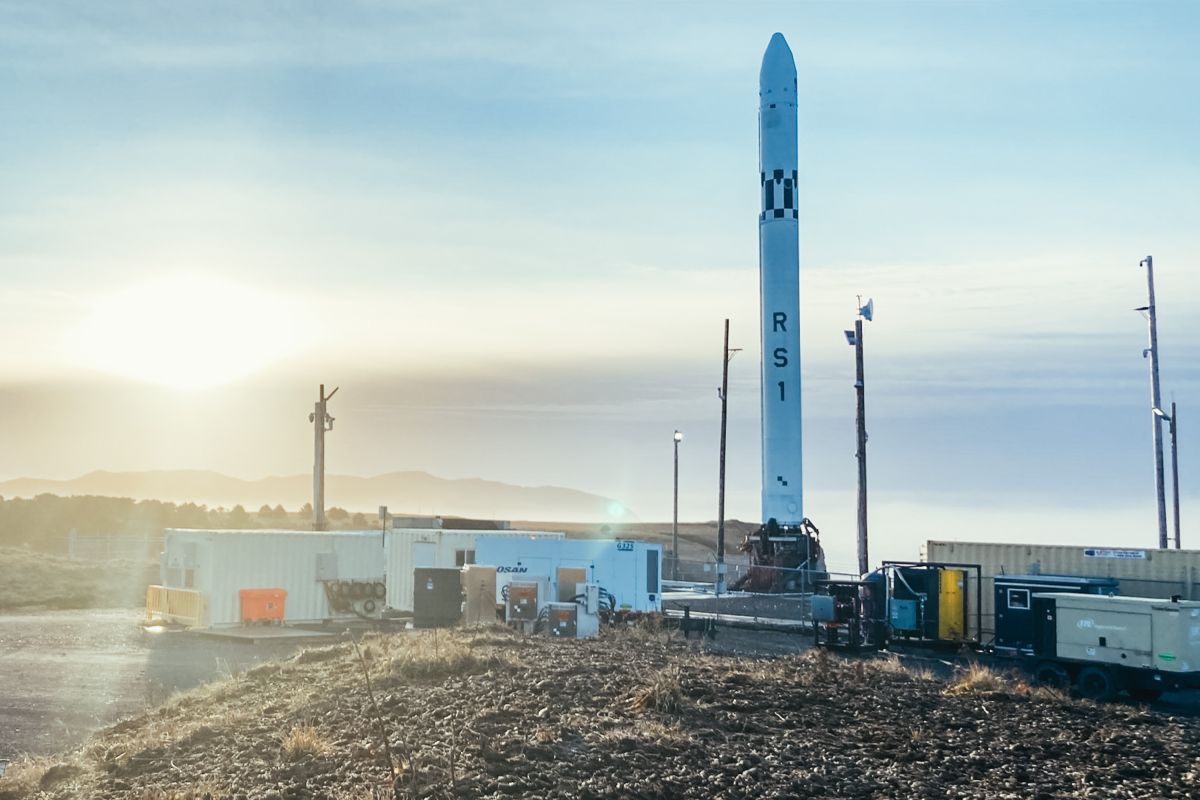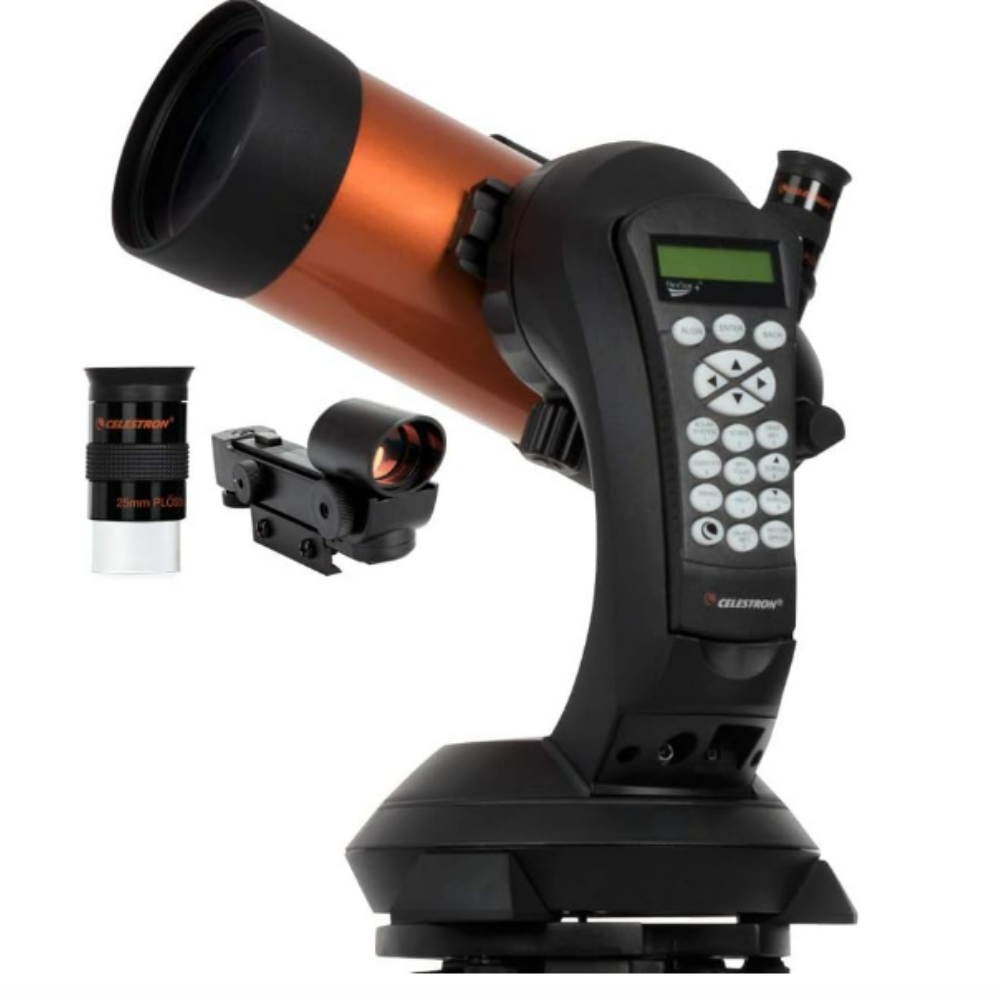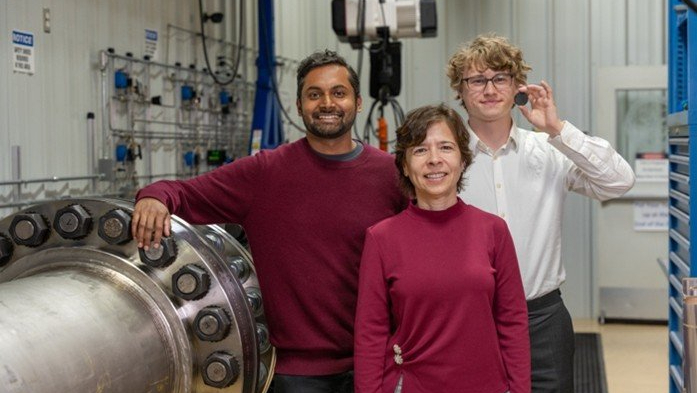
A powerful new small-satellite launcher failed to earn its wings on its first attempt.
ABL Space Systems’ RS1 rocket launched on its very first orbital mission Tuesday (Jan. 10), rising off a pad at the Pacific Spaceport Complex on Alaska’s Kodiak Island at 6:27 p.m. EST (2327 GMT; 2:27 p.m. local time in Alaska).
The two-stage rocket fell short on the debut flight, failing to deliver a pair of cubesats to low Earth orbit (LEO) as planned, ABL representatives said. (The launch was not livestreamed.)
“After liftoff, RS1 experienced an anomaly and shut down prematurely. The team is working through our anomaly response procedures in coordination with PSCA and the FAA,” ABL said via Twitter (opens in new tab) 23 minutes after liftoff. (The acronyms refer to the Pacific Spaceport Complex-Alaska and the U.S. Federal Aviation Administration.)
“This is not the outcome we were hoping for today, but one that we prepared for. We’ll revert with additional information when available. Thanks to all for the support,” the company added in another tweet (opens in new tab).
Tuesday was the second straight day to feature a launch anomaly. On Monday (Jan. 9), Virgin Orbit’s LauncherOne rocket failed to reach orbit during the company’s first-ever liftoff from the United Kingdom, resulting in the loss of nine satellites.
Related: A history of rockets
A growing field
Small satellites have two paths to orbit: they can hitchhike as “rideshare” payloads on big rockets like SpaceX’s Falcon 9, or they can get dedicated rides on smaller vehicles that take them precisely where they want to go.
In recent years, Rocket Lab has dominated the dedicated-ride market with its Electron vehicle, which has more than 30 orbital missions under its belt. But other companies are trying to carve out their own spots in the field. Virgin Orbit had aced four spaceflights in a row before Monday’s failure, for example, and Firefly Aerospace reached orbit for the first time with its Alpha vehicle in October 2022.
(Another company, Astra, successfully deployed payloads for the first time in March 2022 with its Rocket 3, but the company has retired that vehicle after several failures and is now working on a bigger rocket.)
California-based ABL, which was founded in 2017, also aims to become a big player in smallsat launch with the RS1 and its associated ground system, which the company calls GSO.
The 88-foot-tall (27 meters) RS1 sports nine of ABL’s E2 engines in its first stage and one E2 in its second. The expendable rocket is capable of launching up to 2,975 pounds (1,350 kilograms) of payload to LEO, according to ABL’s users’ guide (opens in new tab).
The company currently charges $12 million per RS1 liftoff — a relatively low price point for that kind of launching power. For comparison, Rocket Lab charges about $7.5 million for an Electron mission, which can deliver about 660 pounds (300 kg) to LEO.
ABL stresses a commitment to vertical integration and simplicity of design as key to its envisioned success. In addition, RS1 and the GSO are both easily transportable and deployable. The ground system, for example, fits into standard shipping containers and can be set up anywhere around the world that features a flat pad.
“With RS1 and GSO, we’re able to bring launch wherever it’s needed,” ABL’s website states (opens in new tab).
ABL — which has not yet revealed what that acronym stands for — already has some significant customer buy-in for its vision. In 2021, for example, the company signed a deal with aerospace giant Lockheed Martin (opens in new tab) for up to 58 missions through 2029.
Success on Tuesday’s debut mission would have marked a big step toward achieving such ambitious goals. However, the failure may not prove to be a big obstacle for ABL in the long run; after all, rockets’ debut flights often do not go according to plan.
Related stories:
The lost cubesats
Though Tuesday’s mission was a test flight, the RS1 was carrying operational spacecraft — shoebox-sized cubesats called VariSat 1A and VariSat 1B, according to EverydayAstronaut.com (opens in new tab).
The cubesats, each of which weighs about 24 pounds (11 kg), would have completed a three-satellite network operated by VariSat LLC. VariSat 1C is safely in orbit; it launched atop a Falcon 9 in May 2022 along with nearly five dozen other satellites.
The main goal of the VariSat 1 mission is “to experiment and gain flight heritage with a satellite designed to support HF [high frequency] marine data communications,” according to a filing (opens in new tab) with the U.S. Federal Communications Commission.
ABL initially tried to launch its debut mission in mid-November but was unable to do so, experiencing multiple aborts during the weeklong window. The company then scrubbed an attempt on Dec. 8, the second day of the next launch window, after noticing abnormal data from the RS1. ABL stood down until Jan. 9 to deal with that issue, then delayed the liftoff an additional day due to weather.
Mike Wall is the author of “Out There (opens in new tab)” (Grand Central Publishing, 2018; illustrated by Karl Tate), a book about the search for alien life. Follow him on Twitter @michaeldwall (opens in new tab). Follow us on Twitter @Spacedotcom (opens in new tab) or on Facebook (opens in new tab).



